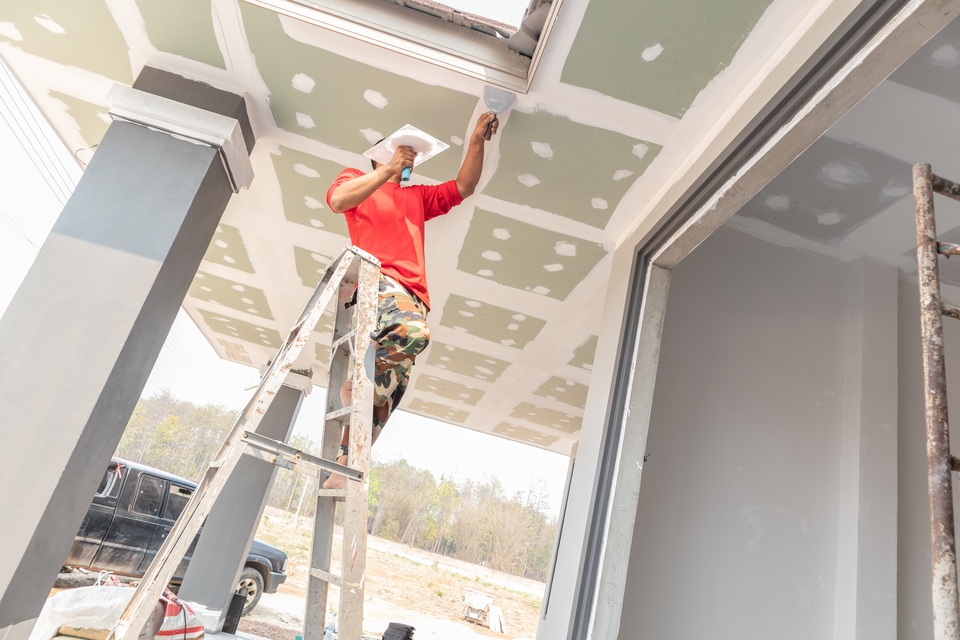Being a drywall contractor can be a rewarding, hands-on career, but it’s not without its challenges. From physically demanding tasks to potential health risks, the job comes with its own set of hazards. Before you get started in the field, this article will explore the common dangers of being a drywall contractor and provide insights into how to mitigate them effectively.
Physical Strain and Injuries
One of the most common challenges drywall contractors face is physical strain. Hanging and finishing drywall involves repetitive motions, heavy lifting, and awkward body positions, which can take a toll on the body over time. Back pain, shoulder strain, and joint issues are frequent complaints in this line of work.
Improper lifting techniques and a lack of ergonomic tools can exacerbate these issues, leading to long-term injuries. To mitigate these risks, contractors should prioritize proper lifting practices, use equipment like drywall lifts whenever possible, and take regular breaks to avoid overexertion.
Exposure to Dust and Airborne Particles
Drywall work creates significant amounts of dust, especially during sanding and cutting. This dust usually contains fine particles of gypsum, silica, and other materials that can be harmful when inhaled.
Prolonged exposure can lead to respiratory problems, including conditions like chronic bronchitis or even silicosis, a serious lung disease. To protect themselves, contractors should wear appropriate respiratory protection. In addition, they must ensure proper ventilation on jobsites and use dust extraction equipment to minimize airborne particles.
Working at Heights
Many drywall projects require contractors to work at significant heights, whether on ladders, scaffolding, or lifts. This increases the risk of falls, which can cause severe injuries or even fatalities. Falls are one of the leading causes of construction-related injuries, and drywall contractors are no exception.
Safety measures such as wearing fall protection equipment, securing ladders properly, and following OSHA guidelines can significantly reduce these risks. Maintaining focus and avoiding distractions while working at heights are also critical.
Chemical Hazards
Drywall contractors often work with joint compounds, adhesives, and other materials that may contain harmful chemicals, making exposure one of the most common dangers. Many of these products release volatile organic compounds (VOCs), which can irritate the skin, eyes, and respiratory system.
Prolonged or repeated exposure to these chemicals can have cumulative health effects. Using protective equipment (PPE) like gloves, safety goggles, and respirators, as well as reading material safety data sheets (MSDS) for products, can help keep you safe.
Tool-Related Injuries
Handling sharp tools like utility knives and cutting equipment, or operating power tools like drills and screw guns, presents a constant risk of accidents. A momentary lapse in concentration can lead to cuts, punctures, or more severe injuries.
Keeping tools in good working condition, using them according to manufacturer recommendations, and remaining alert can go a long way in preventing these mishaps. Basic first aid knowledge can also prove invaluable in case of minor incidents on the job.
Safety doesn’t have to be daunting—it’s all about staying mindful and proactive. By following proper procedures, maintaining your equipment, and keeping safety guidelines in mind, you can create a work environment that is both productive and secure. Remember, accidents are often preventable with just a bit of preparation and care.

